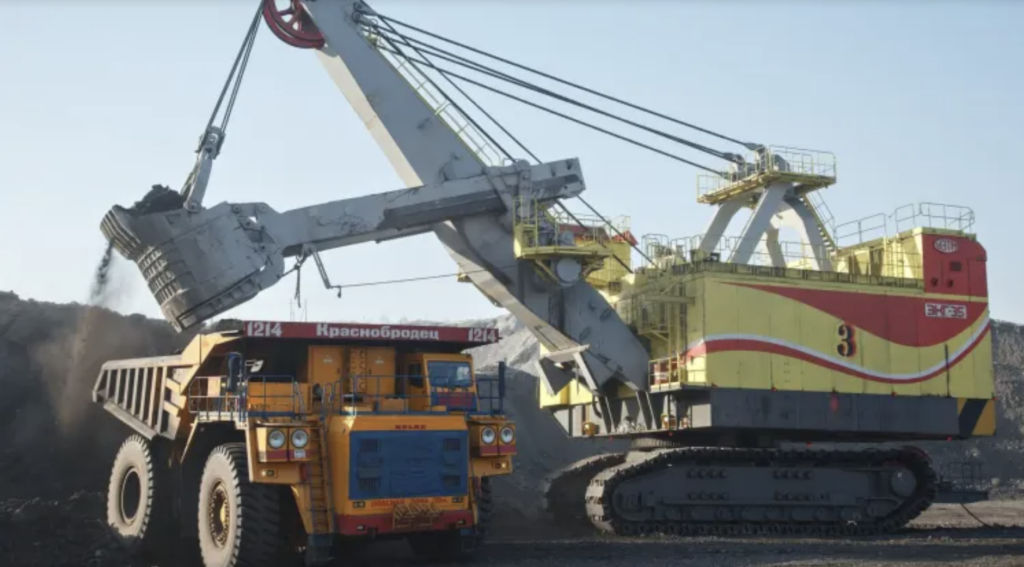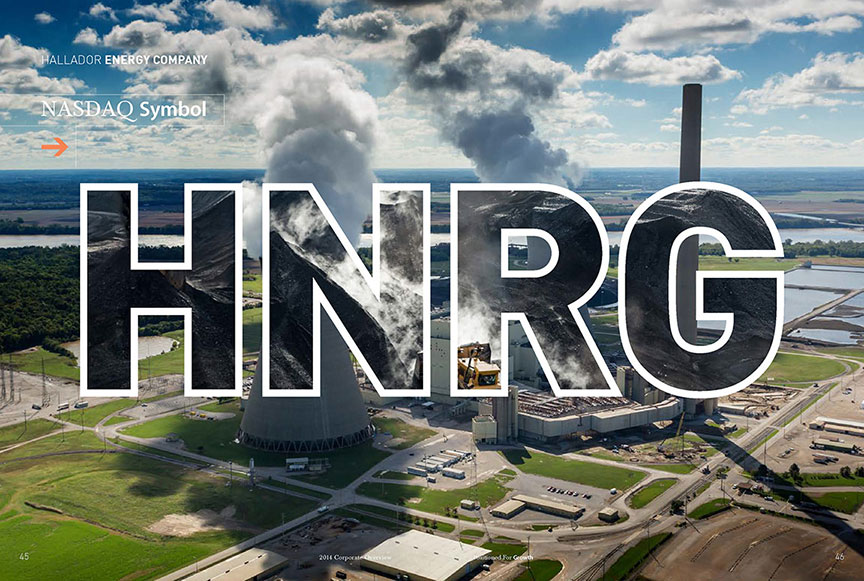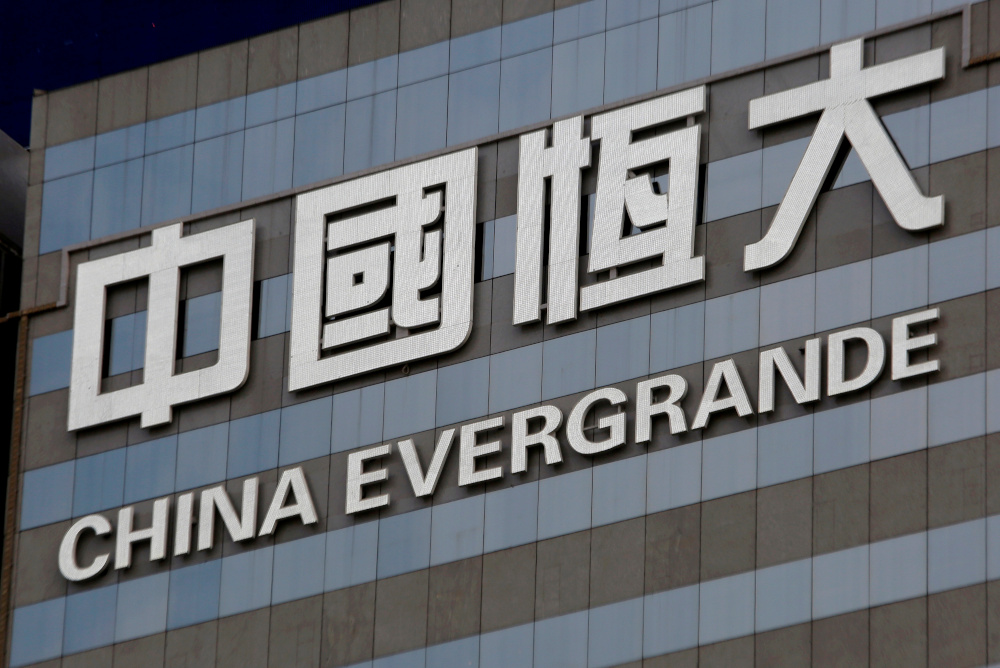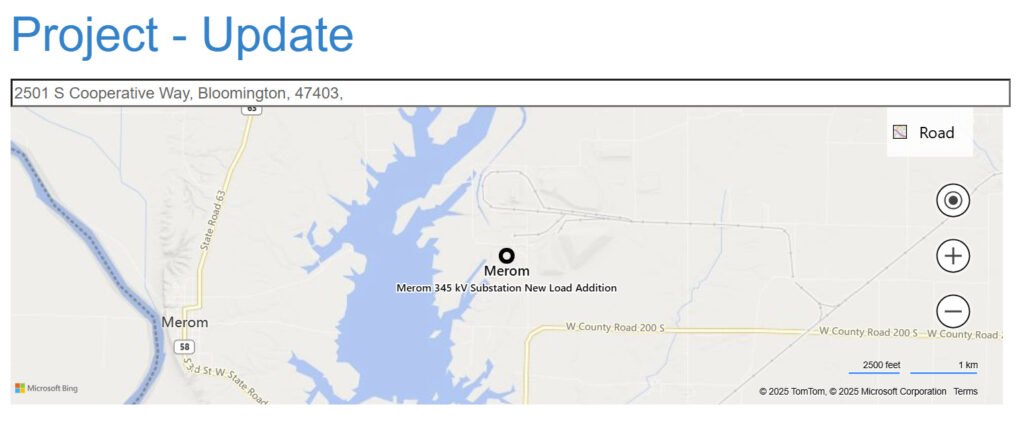WV-Based Coal Miner Struggles With Debt, Operational Disruptions
White Forest Resources, a West Virginia-based coal mining company, has filed for Chapter 11 bankruptcy protection in Delaware, listing nearly $79 million in outstanding debt. The move underscores the financial difficulties facing mid-sized coal producers grappling with operational disruptions and market volatility.
A String of Setbacks Pushes White Forest to the Brink
White Forest’s troubles have been building for months, but a series of unexpected crises in late 2024 accelerated its financial decline. A combination of equipment failures, landslides, and severe winter storms reportedly crippled production and delayed shipments, leaving the company struggling to meet commitments. These disruptions followed earlier equipment breakdowns and lingering pandemic-related market instability, making recovery increasingly difficult.
The company operates two West Virginia mines—South Fork Mine and Raven Crest Mine—and has been actively seeking a buyer for Raven Crest since October 2023. In its bankruptcy filings, White Forest confirmed it had secured a stalking horse bid for the asset, positioning it for sale by the end of April as part of a broader restructuring effort.
Debt Burden and Financial Maneuvering
With $58.2 million in secured debt and an additional $20.7 million in unsecured trade obligations, White Forest entered Chapter 11 under heavy financial strain. The company also faces lease commitments and disputed tax liabilities that further complicate its path forward.
To maintain limited operations while navigating bankruptcy, White Forest is pursuing $15.3 million in debtor-in-possession (DIP) financing, a mix of $8.3 million in new capital and a $7 million restructuring of pre-bankruptcy debt. DIP financing would provide critical short-term liquidity as the company restructures and moves forward with asset sales.
What This Means for the Industry
White Forest’s bankruptcy is the latest in a series of financial struggles for mid-tier U.S. coal producers, many of whom are caught between fluctuating demand, logistical challenges, and tightening financial conditions. While metallurgical coal markets remain relatively strong, companies with heavy debt loads and operational setbacks find it increasingly difficult to stay competitive.










